Migrants in limbo on the Swiss-Italian border
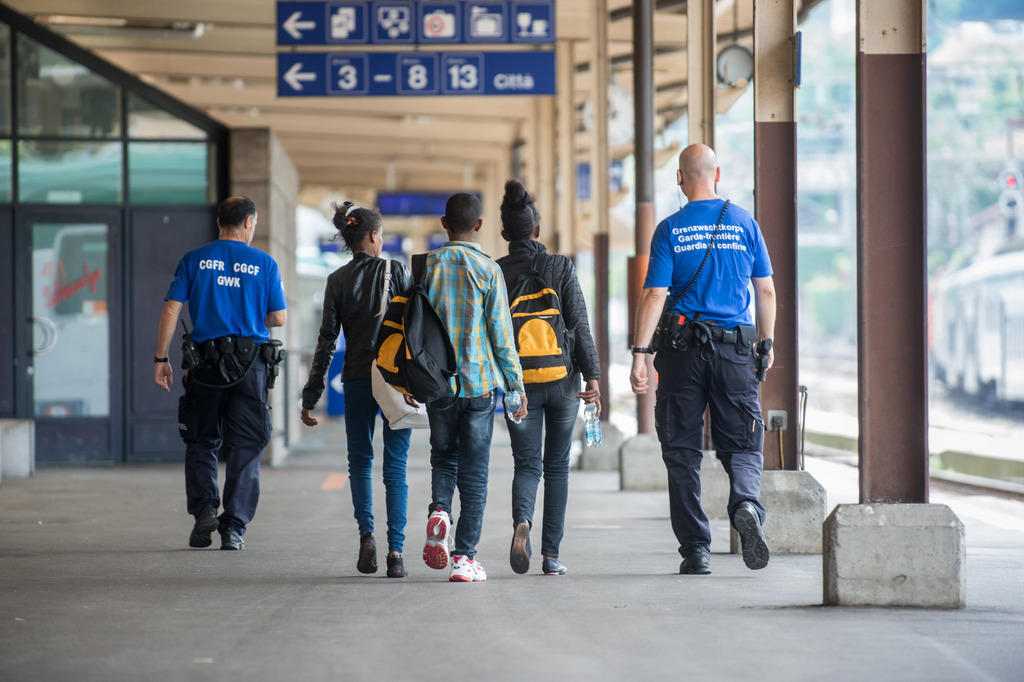
More and more migrants who want to travel via Switzerland to northern Europe are becoming stranded in Como, Italy, just a few kilometres from the Swiss border. Although record numbers are trying to get into Switzerland, most are sent back.
In particular, the train station in San Giovanni, Italy, has turned into a sort of waiting room. Directly below the station, around 30 migrants are camped in a shady park. Passers-by barely glance at them. “They’re almost all Eritreans,” says Maurizio, who is volunteering for a local parish. The situation is scandalous, he adds. The only help they get is in the evening when a bus from the charity Caritas comes to take them to a cafeteria. Otherwise, no one pays them any attention.
The reception centres for refugees in Como have reached their capacity, says Caritas Director Roberto Bernasconi.
Ping-pong at the border
A 24-year-old Eritrean explains in broken English that he has entered Switzerland three times. Each time he was turned away. It’s a game of ping-pong between the Swiss border city of Chiasso und Como. What will he do now? Where does he want to go? What are his goals? He can’t say. But he repeats over and over: “I want freedom. Freedom!” Members of his family lie on a blanket on the ground, among them a one-year-old child.
Some of the travellers say they’re stuck here, with no idea what to do. Some want to go to Germany, others to England. They don’t understand why they can’t travel through Switzerland.
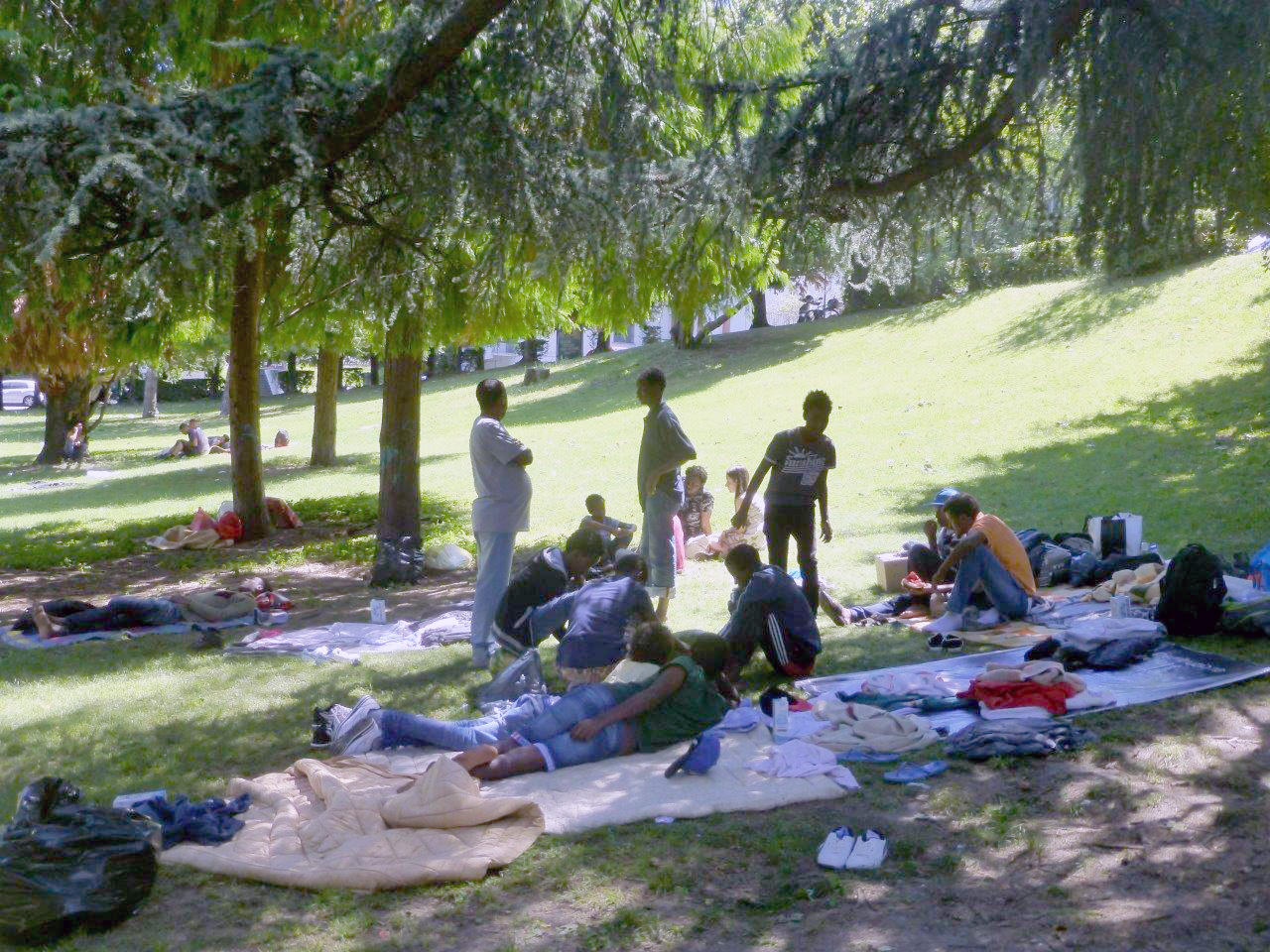
The chosen ones
In the train station in Chiasso a large group of Africans is being escorted by border guards and security personnel to the Intercity train leaving Chiasso at 10:42. They are asylum seekers. In their hands they hold an A4 sheet of paper, awarded by the reception and processing centre in Chiasso, which allows them to board a train for northern Switzerland.
The number of people applying for asylum in Switzerland is decreasing, however, as it becomes clear that they will be sent back to Italy, their country of European entry, as part of the Dublin accord.
In the first week of July alone, the border police stopped 1,321 people trying to enter Switzerland illegally (665 of them from Eritrea). That’s more in a single week than at any other time in 2016. Of those, 966 were sent back immediately to Italy, as not all people who are illegally present in Switzerland qualify as refugees according to the criteria of the refugee convention.
This tendency toward more people trying to enter Switzerland, but fewer submitting requests for asylum, has not gone unnoticed by the State Secretariat for Migration (SEM). One possible reason: Switzerland is more consistent in enforcing the Dublin treaty than other European countries, suggested director Mario Gattiker in an interview with the Swiss newspaper Neue Zürcher Zeitung.
But in the trains heading from Milan toward Chiasso, the Italian police are also uncompromising when it comes to allowing illegal immigrants to cross the Swiss-Italian border. Numerous migrants have been intercepted and removed from regional trains in Monza, the first station on the way from Milan to the Swiss canton Ticino. The tone of the police is reportedly less than friendly.
It’s clear that the issue of immigration is keeping both guards and police busy – on both sides of the border.
What can be done to improve the situation for migrants? Share your ideas.
Adapted from German by Jeannie Wurz

In compliance with the JTI standards
More: SWI swissinfo.ch certified by the Journalism Trust Initiative
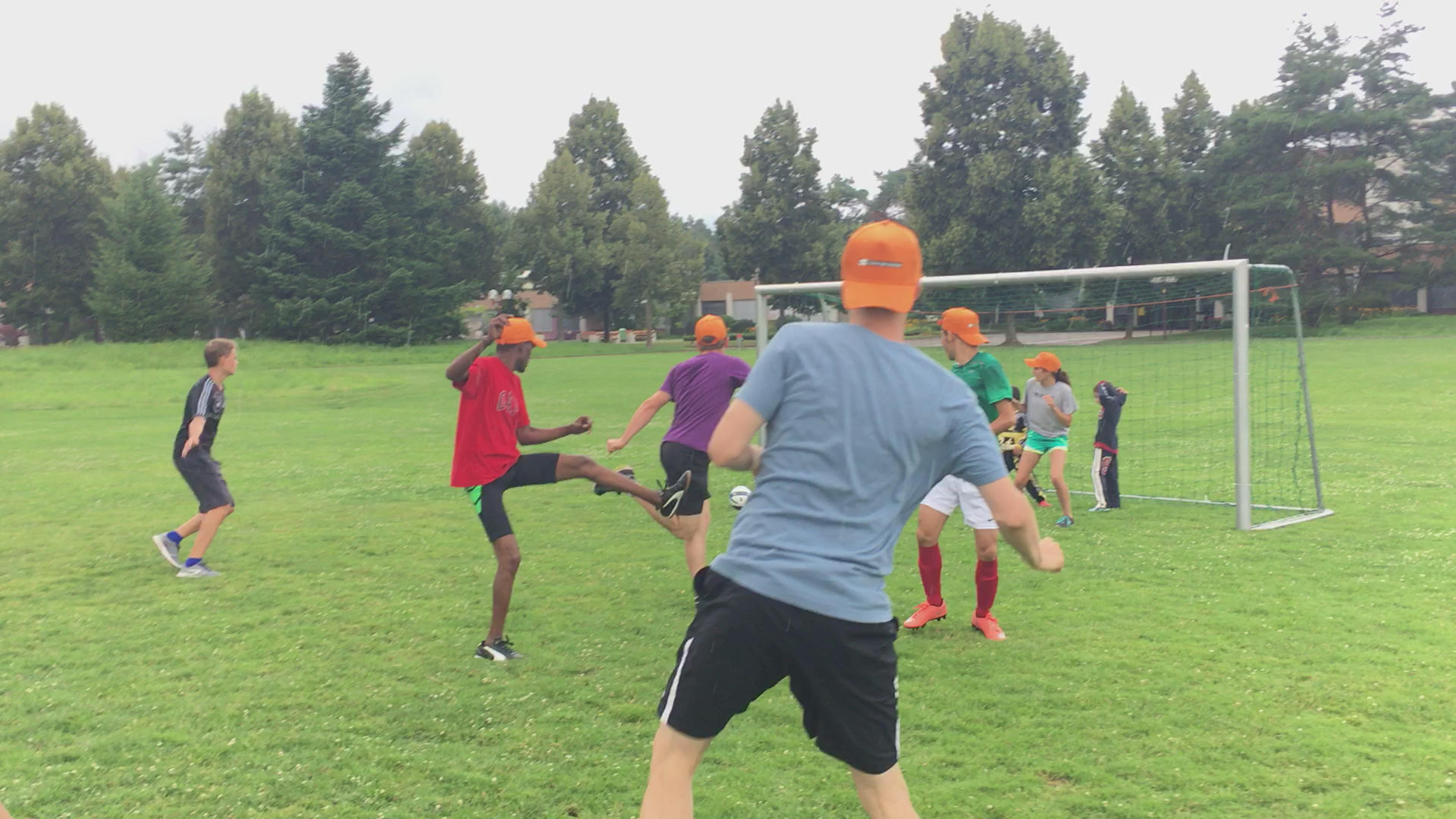
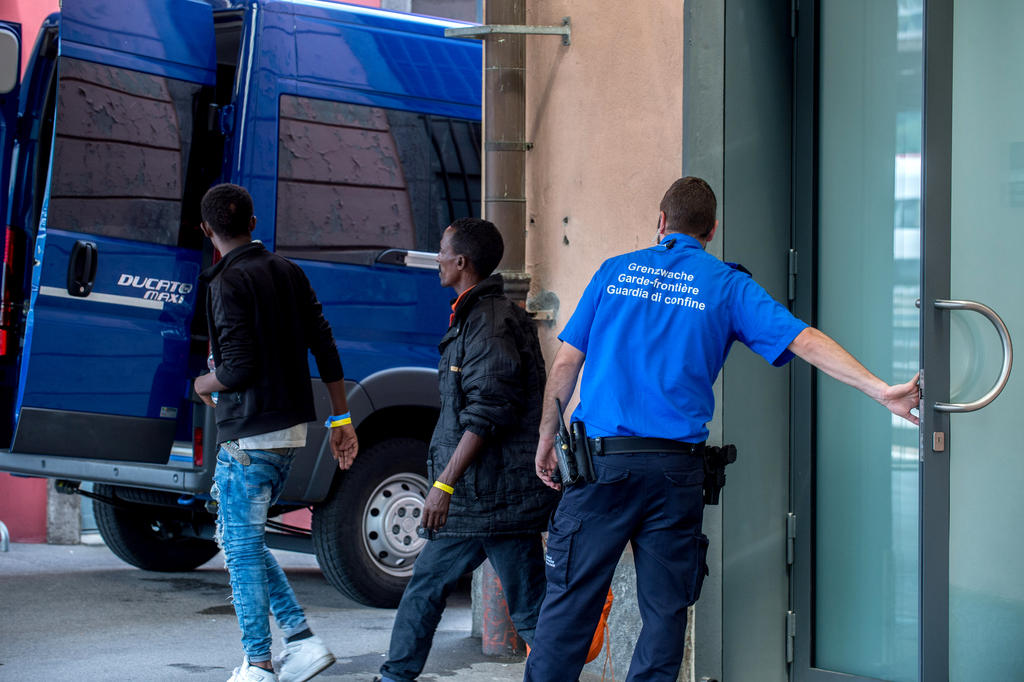
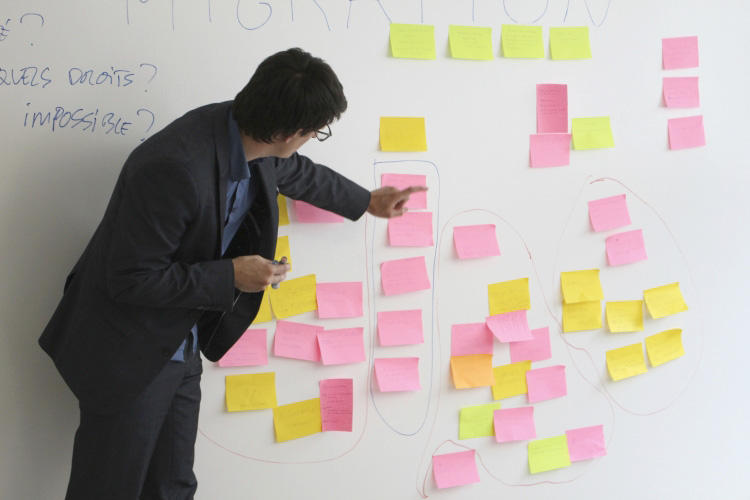
You can find an overview of ongoing debates with our journalists here. Please join us!
If you want to start a conversation about a topic raised in this article or want to report factual errors, email us at english@swissinfo.ch.